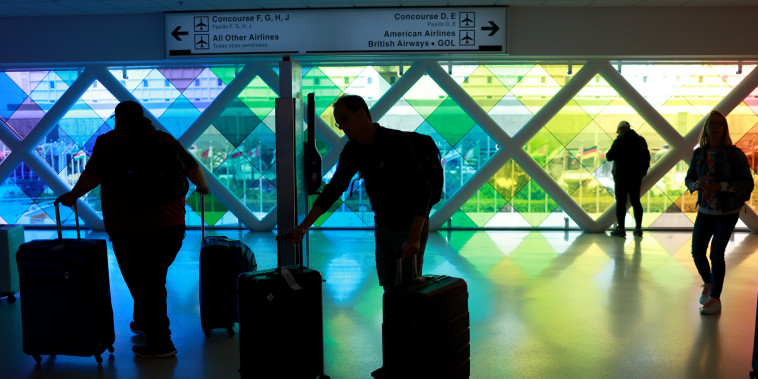Air Travel Demand is Breaking Records, but Airline Profits are Not
The global airline industry is currently facing a contradictory situation where record-breaking demand for air travel is not translating into soaring profits for airlines. As countries around the world reopen their borders and travel restrictions ease, passenger numbers are surging, leading to overbooked flights, crowded airports, and increased pressure on airline operations. Despite this favorable uptick in demand, airlines continue to struggle financially due to a myriad of factors that are dampening their profitability.
One of the primary reasons for airlines’ inability to capitalize on the surge in demand is the soaring fuel prices. The skyrocketing cost of jet fuel, exacerbated by geopolitical tensions and supply chain disruptions, has put immense financial strain on airlines, eating into their profit margins and eroding their bottom line. With fuel prices showing no signs of abating, airlines are forced to pass on the increased costs to consumers through higher ticket prices, which in turn dampens demand and affects their competitiveness in a highly price-sensitive market.
Moreover, the ongoing global supply chain disruptions and labor shortages have further compounded the challenges faced by airlines. Delays in aircraft deliveries, shortages of critical spare parts, and difficulties in sourcing skilled maintenance staff have led to operational inefficiencies and increased maintenance costs for airlines. The ripple effects of these disruptions have disrupted flight schedules, caused cancellations, and inconvenienced passengers, leading to a decline in customer satisfaction and loyalty.
Additionally, the unpredictable nature of the COVID-19 pandemic continues to cast a shadow of uncertainty over the airline industry. The emergence of new variants, sporadic outbreaks, and ever-changing travel restrictions have made long-term planning and forecasting nearly impossible for airlines. The persistent threat of disruptions to air travel due to the pandemic has made it challenging for airlines to commit to sustained profitability and operational stability.
Furthermore, the intense competition in the airline industry, characterized by price wars, aggressive marketing strategies, and capacity expansions, has put additional pressure on airlines’ profitability. In a bid to attract passengers and gain market share, airlines have resorted to offering deep discounts and promotional fares, further squeezing their profit margins. The cutthroat competition in the industry has made it challenging for airlines to maintain sustainable pricing strategies and achieve profitability in the long run.
In conclusion, while the current surge in air travel demand presents a promising opportunity for airlines to recover from the devastating impact of the pandemic, the challenges facing the industry are far from over. The confluence of high fuel prices, supply chain disruptions, labor shortages, pandemic-related uncertainties, and intense competition poses significant hurdles to airlines’ profitability. In order to navigate these challenges successfully, airlines must adopt strategic cost-saving measures, enhance operational efficiency, diversify revenue streams, and prioritize customer experience to ensure their long-term viability in an increasingly volatile and competitive market environment.

